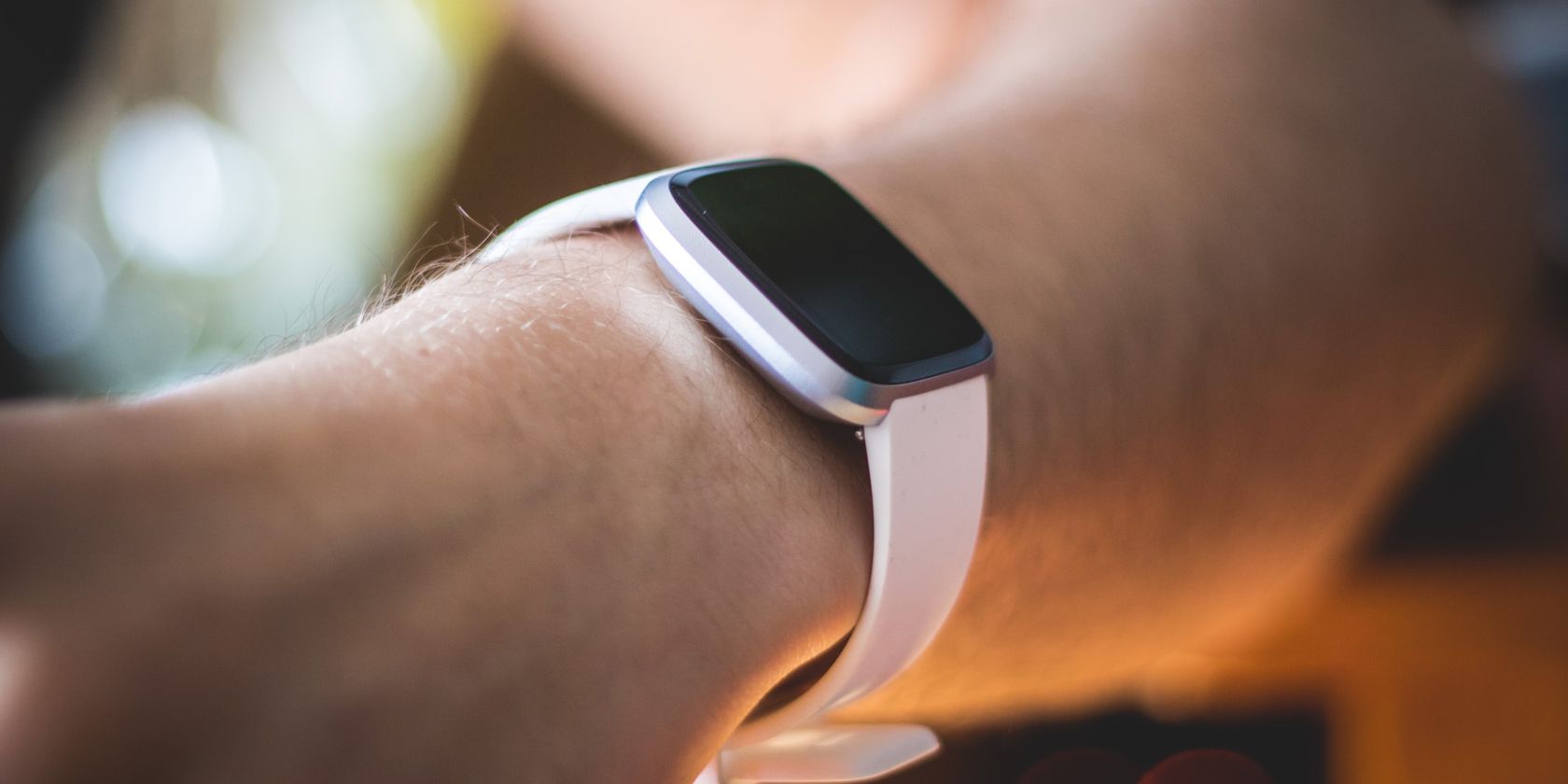Smartwatches and fitness trackers continue to evolve. While most of these devices track your heart rate, very few can passively measure your heart health using more specific metrics. Now, Fitbit’s photoplethysmography (PPG) algorithm will detect irregular heart rhythms. With this feature, Fitbit has raised the bar for smartwatch health tracking.
Tracking heart rhythm passively has several advantages. Fitbit’s algorithm is designed to identify atrial fibrillation (AFib), a form of irregular heart rhythm, which can often go unnoticed. Thus, passive AFib detection features in smartwatches have several health implications.
The Importance of Fitbit’s PPG Feature
According to the New England Journal of Medicine, AFib may be asymptomatic and difficult to detect. Therefore, ongoing AFib detection capabilities can be life-saving for people who are at risk of the condition.
In 2020, Fitbit was part of a large-scale heart study published in the American Heart Journal. This study screened more than 400,000 participants over five months for irregular heart rhythms using Fitbit’s PPG algorithm, which uses optical techniques to detect cardiac cycles.
In April 2022, the US Food and Drug Administration (FDA) gave clearance to Fitbit to use this feature in its consumer devices. While other smartwatches and wearable devices such as the Apple Watch had already been able to detect AFib, Fitbit's algorithm is a game changer. Why?
Fitbit's PPG algorithm works in the background, tracking heart health passively. That means the Fitbit algorithm can detect heart rhythm changes even while you’re asleep. Passive detection is crucial for usability and accuracy. It is the first time a smartwatch has introduced this feature. For example, the Apple Watch has several health features but you can only record an ECG manually using the ECG app.
Additionally, the always-on detection has the advantage of long-term assessment. You can review your heart rhythm data over a prolonged period. That helps identify the heart rhythms that may otherwise be asymptomatic and go undetected.
How Does Fitbit Detect AFib in the Background?
The PPG algorithm measures blood volume right from your wrist. It relies on a tiny optical heart-rate sensor to collect your blood volume data. Then, the PPG algorithm analyzes it and checks for irregularities or signs of AFib.
Accuracy is paramount in AFib detection. Heart health monitors such as the Bioheart Monitor provide three true views of your heart and have medical-grade accuracy. In the heart health study, Fitbit’s passive detection algorithm identified AFib 98% of the time.
When the algorithm detects any irregularity in your heart rhythm, it will send you an Irregular Heart Rhythm Notification. Then, you can consult with your doctor in time. The hassle of manually selecting the ECG option is eliminated by Fitbit's passive tracking capability. However, you can still do a manual ECG at any time.
Irregular Heart Rhythm Notifications are available on supported devices in the Fitbit Versa, Sense, Luxe, Inspire, and Charge product lines, according to Fitbit's support page.
Fitbit Becomes a Top Smartwatch for Heart Health
Smartwatches constantly push out more and more health and fitness features. Optical sensors and intelligent algorithms can improve several areas of health. Apart from accurate heart rhythm mapping, Fitbit’s PPG technology may also improve monitoring for other conditions. With passive AFib detection, your smartwatch could potentially prevent significant emergencies.

